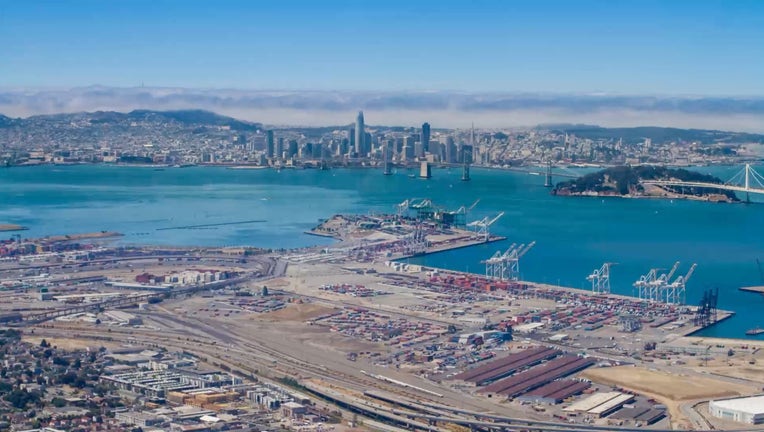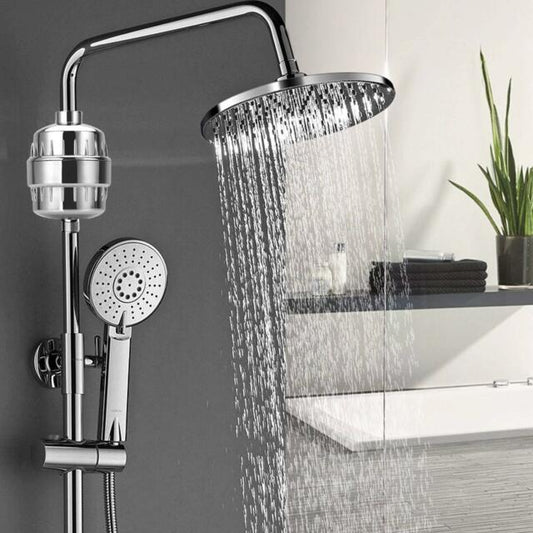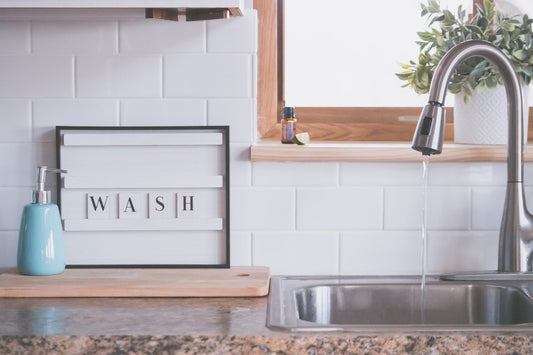San Francisco's tap water is safe to drink and has one of the best tastes of any city in the United States. Delightful tap water costs less than a cent per gallon, is tested for purity 100,000 times a year, and is delivered directly to your tap. The EPA regulates tap water to the extent that it goes beyond state and municipal water quality requirements.
There's a new incentive to think beyond the bottle right now. San Francisco's tap water, according to food regulators, tastes better than bottled water. Arrowhead bottled water was judged inferior by four out of five tasters in a recent taste test conducted by the San Francisco Public Utilities Commission (SFPUC). A culinary writer for the San Francisco Chronicle rated the Arrowhead water as "flat."
Source of Water in San Francisco, Californi
Surface water and a small portion of groundwater are used to supply San Francisco's tap water. California's Tuolumne River supplies water to San Francisco, which is then stored in the Hetch Hetchy Reservoir. Water from the Hetch Hetchy is mixed with freshwater from nearby watersheds such as the Alameda, Peninsula, San Andreas reservoirs, and Pilarcitos Lake. Lake Eleanor, Lake Cherry, and the streams of the Lower Cherry Aqueduct, Early Intake Reservoir, and Tuolumne River are all sources of emergency water supply.
Avoiding the use of bottled water has many benefits for the environment. Since approximately 85% of San Francisco's tap water is produced by gravity from the Hetch Hetchy reservoir, which is supplied by Sierra snowmelt, the city's carbon footprint is significantly smaller than the carbon footprint of producing and transporting packaged bottled water. According to Jue, bottled water requires 2,000 times the amount of energy to produce as tap water. Bottled water also creates a trail of trash in its wake. According to the Environmental Protection Agency, every year in California, one billion plastic water bottles end up in landfills. Also, it will take 1,000 years for plastic bottles to decompose naturally.
What Is in San Francisco's Tap Water, and Who Is in Charge of Regulating It?
In the United States, tap water is controlled by the Environmental Protection Agency (EPA), while bottled water, which is considered a packaged product, is regulated by the Food and Drug Administration (FDA). Although the Environmental Protection Agency and the Food and Drug Administration have comparable quality requirements, FDA regulations are laxer in terms of how often bottled water must be tested and do not compel businesses to disclose their test results with customers.
The Environmental Protection Agency's standards are strict, but the EWG (Environmental Working Group) - a nonprofit group – has established its own, stricter rules, which they refer to as "health guidelines." For a comprehensive list of pollutants in your zip code region, go to the Environmental Working Group's website.
According to the EWG study, three cancerous contaminants over the recommended levels for human consumption were discovered in the water from the “San Francisco Regional Water System.” All of them are within the legal limit established by the Environmental Protection Agency, but they are nevertheless a source of concern. Chromium 6, radiological contaminants, and trihalomethanes (TTHMs) are the pollutants. These are far below the EPA's recommended levels, so any reduction is welcome but not essential. Furthermore, according to OrbMedia's water study, microplastics were detected in 94 percent of all tap water samples in the United States, indicating widespread contamination.
In summary, San Francisco tap water is still considered safe to drink under California law, but an active carbon filter should be used to be on the safe side. A good water filter eliminates TTHMs and lowers Chromium 6 by 40-70 percent. Activated carbon should be used in conjunction with reverse osmosis or Ion Exchange filter to remove Chromium 6 as completely as possible. Water filters will also remove chloramine, microplastics, and other agents linked to bad taste and odor, as well as microplastics, lead, and other heavy metals that may accumulate in your building's pipes due to inadequate maintenance.
Drinking Water in Public Places and Restaurants
Unfortunately, there is no regulation that requires restaurants to provide free tap water to their diners; nevertheless, most do it as a service. In fact, since California is a drought-stricken state with water restrictions, it may be unlawful for them to provide you with water unless you directly ask for it.
With that in mind, it's never been easier to drink tap water at a bar or restaurant in San Francisco. Not only is there a positive public image of water, but an increasing number of eateries are displaying signs that say, "We proudly serve tap water," and five Bay Area colleges, including Berkley, have adopted bottled water bans.
The SFWPS (SF Water Power Sewer) has placed over 100 lead-free "tap stations" in the public domain and in schools for when you're out and about in the city. Bring a reusable water bottle and refill it at one of the stations.
Bottled Water
Some of the most popular bottled waters are Smartwater, Pure Life, Aquafina, Mountain Valley, Dasani, Fiji, and Evian. However, don't be fooled: according to the NRDC (Natural Resources Defense Council), up to 25% of bottled water is just processed water from public sources sold at a hefty price.
The good news is that California is the state with the highest percentage of beverage container recycling! Though beverage container recycling reached an all-time high of 85 percent in 2013, just 78 percent of PET water bottles were recycled.
Carry a reusable water bottle with you if you don't want your plastic bottle to wind up in a landfill or the ocean. Look for the words "CA CASH REFUND" or "CA CRV" on the label if you have to purchase a plastic bottle (or any other beverage container). Taking it to a recycling facility may earn you between ¢5 and ¢10 per bottle.
You will never need to utilize any plastic associated with your water usage if you use a filter. When it's time to replace the filter, toss the biodegradable replacement cartridge in the trash.






